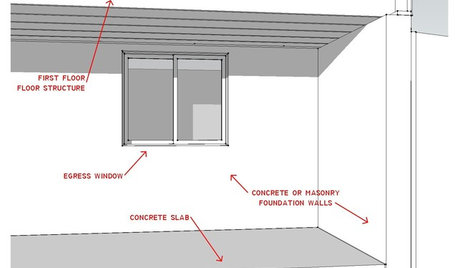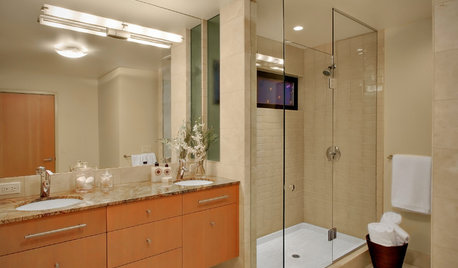Spray Foam - Worth it?
Improv241
13 years ago
Featured Answer
Sort by:Oldest
Comments (27)
energy_rater_la
13 years agoworthy
13 years agoRelated Professionals
Brushy Creek Architects & Building Designers · Palmer Architects & Building Designers · Providence Architects & Building Designers · Winchester Architects & Building Designers · Royal Palm Beach Home Builders · New Bern General Contractors · Bowling Green General Contractors · Del Aire General Contractors · Fridley General Contractors · Geneva General Contractors · Lake Forest Park General Contractors · Randolph General Contractors · Seguin General Contractors · Solon General Contractors · Valley Station General Contractorsdavid_cary
13 years agosue36
13 years agobrickeyee
13 years agoenergy_rater_la
13 years agomdev
13 years agoworthy
13 years agodavid_cary
13 years agodavidro1
13 years agosingingmicki
13 years agobrickeyee
13 years agoumsteadrunner
12 years agoobmezd
12 years agoCTFoamInsulation
11 years agoAnnie Deighnaugh
11 years agoMatteson Custom Homes
9 years agobry911
9 years agoamberm145
9 years agoLindeman Enterprises
7 years agoMichael M
7 years agoBT
7 years agoworthy
7 years agolast modified: 7 years agoenergy_rater_la
7 years agoUser
7 years agolast modified: 7 years agoworthy
7 years agolast modified: 7 years ago
Related Stories

MATERIALSInsulation Basics: What to Know About Spray Foam
Learn what exactly spray foam is, the pros and cons of using it and why you shouldn’t mess around with installation
Full Story
GREEN BUILDINGEcofriendly Cool: Insulate With Wool, Cork, Old Denim and More
Learn about the pros and cons of healthier alternatives to fiberglass and foam, and when to consider an insulation switch
Full Story
GREEN BUILDINGInsulation Basics: Heat, R-Value and the Building Envelope
Learn how heat moves through a home and the materials that can stop it, to make sure your insulation is as effective as you think
Full Story
FURNITUREHow to Buy a Quality Sofa That Will Last
Learn about foam versus feathers, seat depth, springs, fabric and more for a couch that will work for years to come
Full Story
DIY PROJECTSDining Set Makeover: Paint and Tea-Tinted Fabric Make Old Chairs New
Reclaim dated dining chairs for far less than buying new, using spray paint, modern fabric and a handful of tea bags
Full Story
REMODELING GUIDESCool Your House (and Costs) With the Right Insulation
Insulation offers one of the best paybacks on your investment in your house. Here are some types to discuss with your contractor
Full Story
REMODELING GUIDESKnow Your House: The Steps in Finishing a Basement
Learn what it takes to finish a basement before you consider converting it into a playroom, office, guest room or gym
Full Story
LIFEYou Said It: ‘We Call It Character’
Design advice, inspiration and observations that struck a chord this week on Houzz
Full Story
GREEN BUILDINGInsulation Basics: Natural and Recycled Materials
Consider sheep’s wool, denim, cork, cellulose and more for an ecofriendly insulation choice
Full Story
BATHROOM DESIGN7 Reasons Why Your Shower Floor Squeaks
No one wants to deal with a squeaky fiberglass shower floor. Here's what might be happening and how to fix it
Full Story








alphabetberger